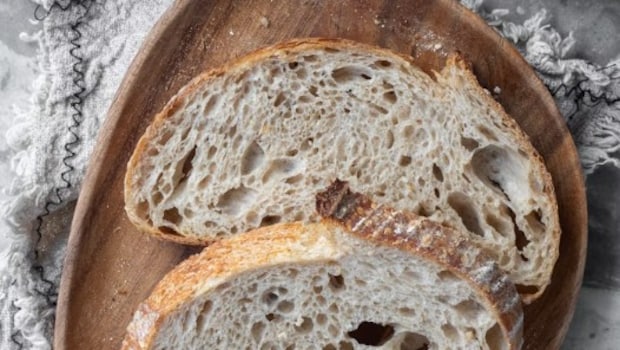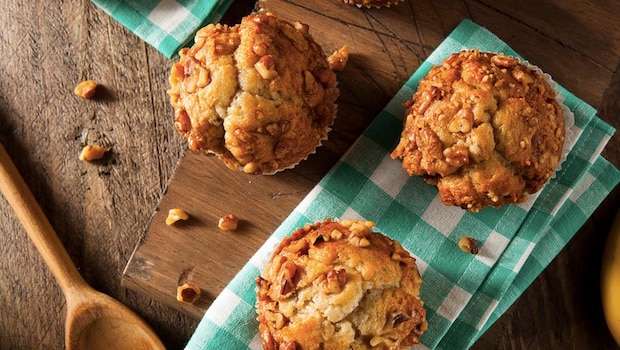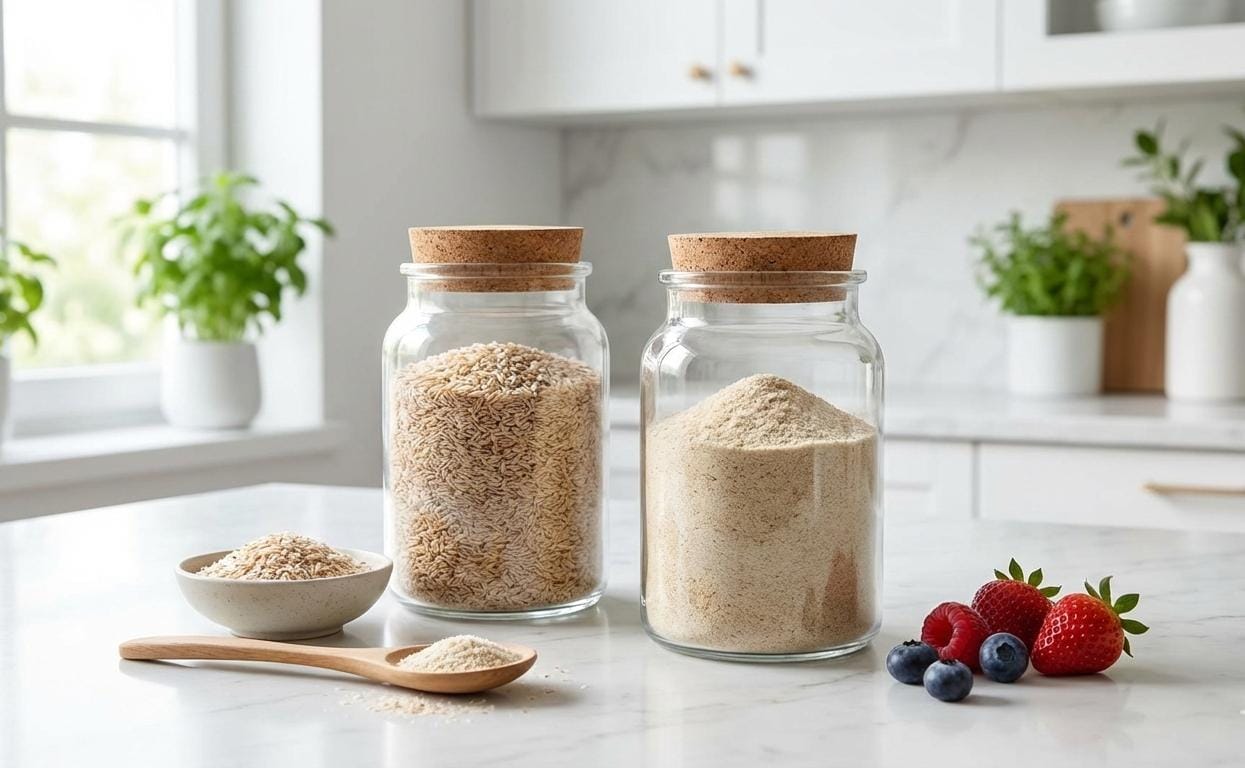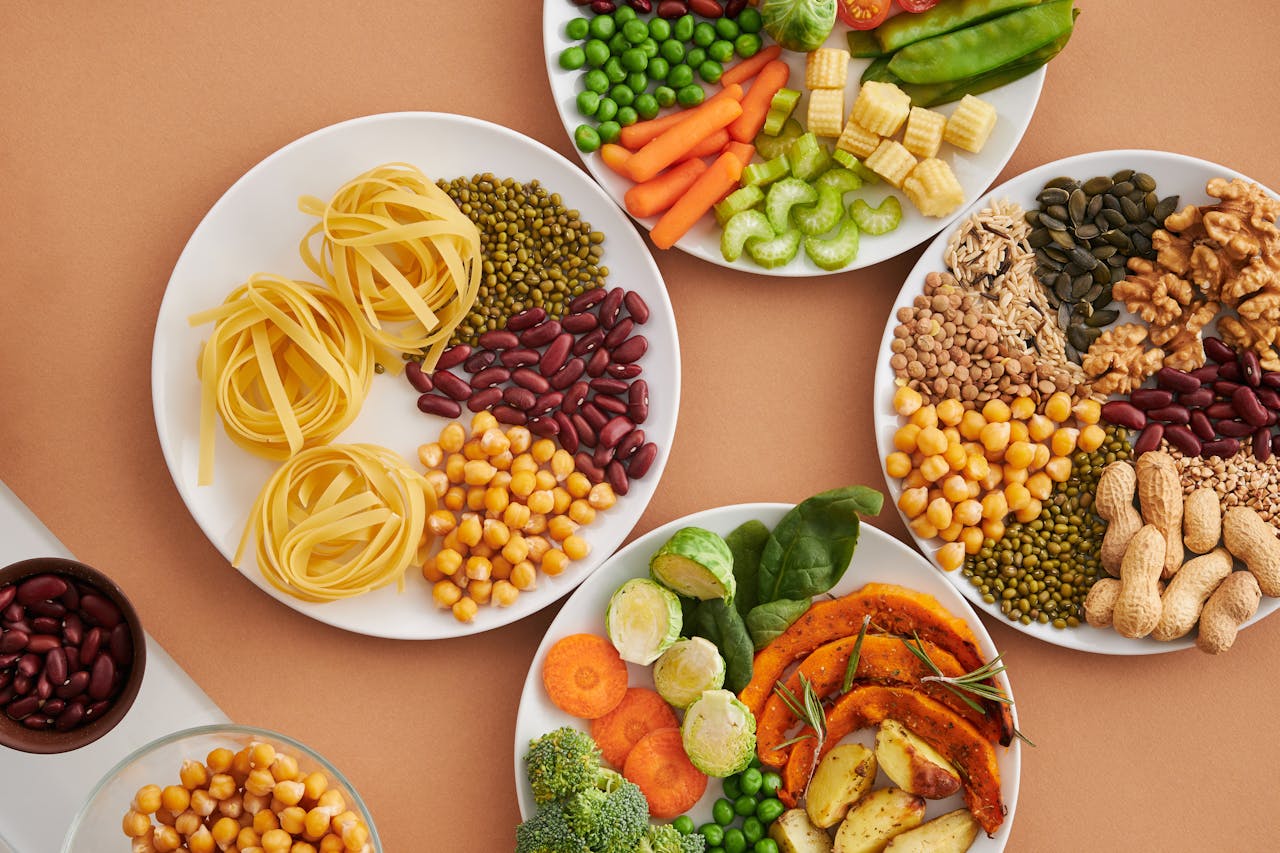There is something deeply comforting about the smell of freshly baked bread, cake, or cookies wafting through the kitchen. For many of us, baking is a little therapy session, a creative outlet, and a way to treat the people we love. But what happens when you decide to go healthy? The first thing you do is skip maida - the ingredient most recipes rely on for structure, softness, and that classic bakery-style bite. Over the last few years, more home bakers have been experimenting with other varieties of flours, either for health reasons or just to explore new flavours.
The shift is exciting. You get to enjoy fibre-rich, nutrient-dense bakes, but it also comes with its own set of challenges. Cakes sometimes turn out dense instead of fluffy, breads may feel dry, and cookies can crumble more than they should.
Also Read: 6 Baking Mistakes You Might Unknowingly Be Making That Ruin Your Baked Goods
Why Replacing Maida Changes Taste And Texture Of Your Cakes And Muffins?
The reason is simple. Maida is not just an ingredient; It is a finely milled, high-gluten flour that gives baked goods their signature texture. Remove it, and you need to know how to adjust your ingredients, mixing method, and even baking time to get that same satisfying result.
So if you are ready to bake without maida but still want to enjoy perfect loaves, soft muffins, and indulgent brownies, here is your go-to guide.
5 Healthy Flour Alternatives To Bake No-Maida Cake:
1. Whole Wheat Flour (Atta) - Nutty And Slightly Heavy
Atta is probably the first flour most people turn to when skipping maida. It has a warm, nutty flavour and is rich in fibre, making it more filling. But it is also heavier and absorbs more liquid than maida.
How to use atta to make fluffy cakes?
- Increase the quantity of liquid ingredient like milk, buttermilk, or water by two to three tablespoons per cup to prevent dryness.
- Avoid overmixing as whole wheat flour develops gluten faster, which can make the texture tough. Gentle folding works best.
- For softer bakes, sift the flour once or twice before adding to the batter.
Also Read: Salted Vs Unsalted Butter: Which One Makes Your Cakes Taste Better

Photo Credit: iStock
2. Oats Flour - Mild, Moisture-Loving, And Gluten-Free
Made by grinding rolled oats, oats flour is naturally gluten-free and lends a mild, slightly sweet flavour to bakes. It keeps cakes moist but can make cookies and breads crumbly without enough binding.
How to bake with oats flour?
- Replace only 25 to 50 percent of maida with oats flour unless using a recipe specifically designed for it.
- Always combine with a higher-protein flour like whole wheat or almond flour for structure.
- Increase binding agents like eggs, flaxseed gel, or yoghurt for the baked food to hold its shape.
- If baking bread, add 1 tsp vital wheat gluten per cup to help with rise.
3. Almond Flour - Rich, Tender, And Full Of Flavour
Almond flour is made from finely ground blanched almonds and is naturally gluten-free. It gives a rich, buttery taste and a tender crumb, perfect for tea cakes and muffins. But it is heavy and holds more fat, which affects rising.
How to work with it?
- Best used in combination with other flours. Replace 25 to 30 per cent of the total flour with almond flour.
- Reduce oil or butter slightly - by about 2 tablespoons per cup of almond flour - to balance the natural fat content.
- Always store almond flour in the fridge as it goes rancid faster than grain-based flours.
- Use parchment paper or grease tins well as almond flour bakes tend to stick.
4. Millet Flours - Earthy And Wholesome
From ragi (finger millet) to bajra (pearl millet) and jowar (sorghum), millet flours are packed with minerals, fibre, and rustic flavour. They are wonderful for savoury breads, crackers, and even certain cakes. But they are gluten-free and can make bakes dry or crumbly.
Tips to remember while baking with millet flour:
- Mix millet flour with a gluten-containing flour like whole wheat for better structure.
- Add extra moisture to avoid the bread or cake from drying up. Think mashed banana, grated zucchini, yoghurt, or a splash of milk.
- Millet flours darken quickly, so keep an eye on baking times. Tent with foil if browning too fast.
- If baking cookies or crackers, chill the dough before shaping to avoid spreading.
5. Coconut Flour - Light And Naturally Sweet
Coconut flour is high in fibre and soaks up a lot of liquid. It has a naturally sweet taste but can make baked goods dry if you do not adjust the recipe.
How to bake using coconut flour?
- Replace only 20 to 25 percent of the total flour with coconut flour unless following a dedicated recipe.
- For every 1/4 cup coconut flour, add 1 extra egg or 2 to 3 tablespoons of liquid.
- It pairs beautifully with tropical flavours like pineapple, banana, or cardamom.
- Measure carefully as a little change goes a long way in changing texture.
Also Read: Cake Stuck In The Pan? Don't Worry! This Easy Hack Will Help You Remove It In No Time

Photo Credit: iStock
5 Essential Tips To Remember While Baking Without Maida:
1. Know Your Gluten:
Maida contains enough gluten to trap air bubbles, helping cakes rise and breads get moist. When substituting with low- or no-gluten flours, you need other ways to create structure:
- Use eggs for binding and lift.
- Add ground flaxseed or chia seed mixed with water (1 tbsp seeds + 3 tbsp water = 1 egg substitute).
- Try a pinch of xanthan gum (half tsp per cup flour) in gluten-free recipes.
2. Adjust Liquids Mindfully:
Many alternative flours absorb more liquid than maida. Start with a slightly wetter batter or dough. You can always add more flour if it feels too loose, but dry batter is harder to fix.
3. Give It Time:
Heavier flours like whole wheat or millet benefit from resting the batter for 10-15 minutes before baking. This allows the flour to fully hydrate, improving texture.
4. Do Not Overbake:
Without maida, bakes can dry out faster. Check 5 minutes before the suggested baking time, and test with a toothpick.
5. Flavour Pairing Matters:
Some flours like ragi or buckwheat have strong flavours that may overpower delicate cakes. Balance them with spices, vanilla, cocoa, or fruits.
Also Read: Homemade Chocolate Brownies Gone Wrong? 5 Mistakes You're Probably Making

Photo Credit: iStock
Quick Baker's Guide For Everyday Baking Without Maida:
- For soft rotis without maida, mix 70 percent whole wheat with 30 percent millet flour and knead with warm water.
- In muffins, add a spoon of hung curd or mashed fruit for moisture.
- If using oats flour, toast it lightly before baking for a deeper flavour.
- When baking cookies, always chill dough made with non-maida flours. It prevents spreading and keeps them chewy.
- For bread, try a pre-ferment to boost flavour and structure. You can prepare the pre-ferment by mixing flour, water, and yeast and then letting it sit for a few hours.
Every flour has a personality. Whole wheat is sturdy and nutty, oats are gentle and moist, almond is rich and indulgent, millet is earthy and wholesome, and coconut is light and aromatic. Once you know how each one behaves with liquids, fats, and leavening agents, you can mix and match to create bakes that are not only healthier but also more flavourful. Enjoy your baking sessions!
About Somdatta SahaExplorer- this is what Somdatta likes to call herself. Be it in terms of food, people or places, all she craves for is to know the unknown. A simple aglio olio pasta or daal-chawal and a good movie can make her day.









